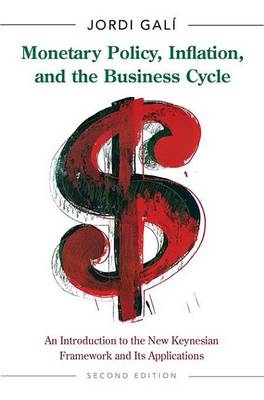The New Keynesian framework has emerged as the workhorse for the analysis of monetary policy and its implications for inflation, economic fluctuations, and welfare. It is the backbone of the new generation of medium-scale models under development at major central banks and international policy institutions, and provides the theoretical underpinnings of the inflation stability-oriented strategies adopted by most central banks throughout the industrialized world. This graduate-level textbook provides an introduction to the New Keynesian framework and its applications to monetary policy. Using a canonical version of the New Keynesian model as a reference framework, Jordi Gali explores issues pertaining to the design of monetary policy, including the determination of the optimal monetary policy and the desirability of simple policy rules. He analyzes several extensions of the baseline model, allowing for cost-push shocks, nominal wage rigidities, and open economy factors. In each case, the implications for monetary policy are addressed, with a special emphasis on the desirability of inflation targeting policies.
* The most up-to-date and accessible introduction to the New Keynesian framework available * Uses a single benchmark model throughout * Concise and easy to use * Includes exercises * An ideal resource for graduate students, researchers, and market analysts
- ISBN10 1400866278
- ISBN13 9781400866274
- Publish Date 9 June 2015 (first published 2 March 2008)
- Publish Status Active
- Publish Country US
- Imprint Princeton University Press
- Edition 2nd School ed.
- Format eBook
- Pages 296
- Language English
